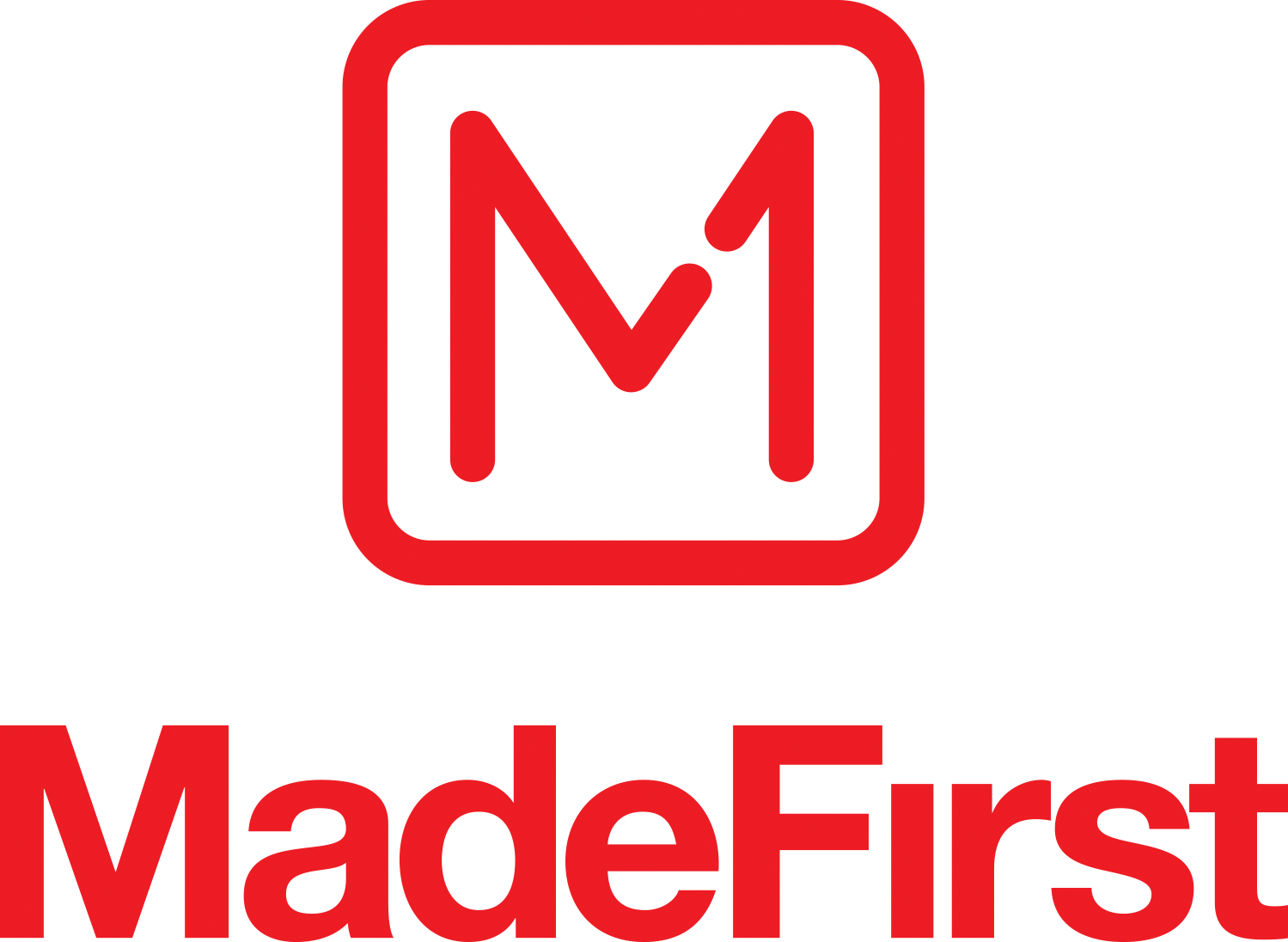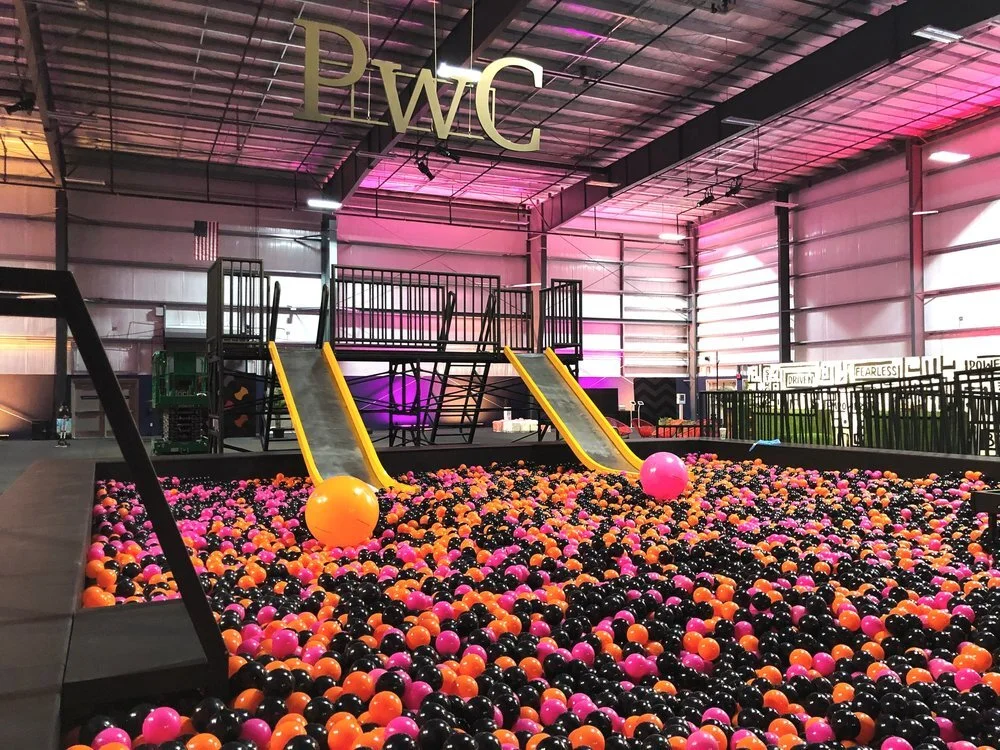Professionals like architects and interior designers spend much of their time thinking about how to maximize spaces to match people’s needs. Experiential design is a relatively recent trend that also accounts for how humans interact with their built environment. From a branding perspective, companies that embrace experiential design can stand out from their competition by fostering an emotional connection with consumers. How can your business take advantage of this movement and use it to get ahead?
Experiential Design Examples
At MadeFirst, we specialize in designing and building immersive installations for the brands we partner with. For example, instead of going the traditional route with a trade show booth or pop-up display, you could work with us to get more exposure for your brand with an engaging photo booth installation. Attendees can share their snapshots on social media to reach a broader audience.
Experiential design is more memorable because it encourages people to explore their built environment by interacting with various elements. Some of our favorite campaigns combine bright colors, lighting and even adult-sized playground equipment for a fun, fresh event that breaks the typical corporate mold.
Experiential Design vs. UX
As a consumer, you can likely recall some occasions when you had a positive interaction with a brand and how those made you feel. Perhaps you had a question or concern about a purchase, and someone from the company’s customer service team followed up with you promptly and politely. As a result, you are probably more likely to do business with them again, or even refer family and friends.
Companies that prioritize UX, or user experience, aim to create a seamless flow for all phases of the customer journey – from researching a product to buying it and even owning and troubleshooting it. In the words of Don Norman, who coined the phrase user experience, “Think through all the stages of a product or service – from initial intentions through final reflections, from first usage to help, service and maintenance. Make them all work together seamlessly.”
While you might hear UX most often in the context of website or app design, the term can broadly refer to any specific human-design interaction, such as a sales funnel or even a large-scale business marketing event. Though UX is not the same as experiential design, the best experiential design projects incorporate facets of UX, such as wayfinding signs and interactive elements.
Building Memorable Experiences
While the COVID-19 pandemic limited in-person interactions for the past year and a half, the widespread availability of effective vaccines has been a light at the end of the tunnel for many businesses that depend on events to thrive. As public gatherings resume, people are craving unique experiences from their favorite brands, and you can rise above the rest by embracing the future. If you haven’t already explored the possibilities available to you with experiential design, we invite you to connect with us today to learn more about how our team can bring your vision to life. From our headquarters in Nashville, Tennessee, we have conceptualized, fabricated and installed large-scale projects for companies throughout the United States.

